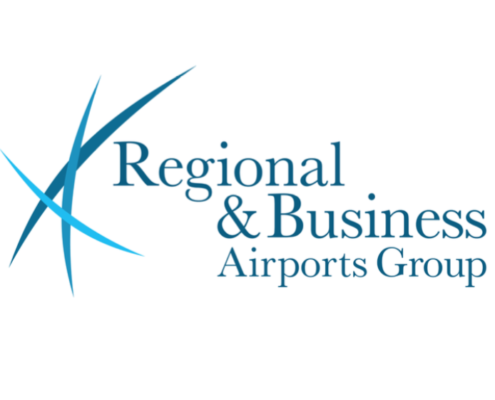UK Regional Air Access Policy
Regional access only began to emerge as a significant aviation policy issue in the run up to the 2003 Air Transport White Paper. First raised by the Transport and Regional Select Committee in 1998-99, who noticed an increasing de-coupling of the UK regions from the national hub at Heathrow, it was raised again in the report of the Transport Select Committee in 2002-03, which robustly dismissed CAA and DfT’s attempts to downplay the problem in their evidence to the Committee. Despite this, the 2003 White Paper, and subsequent policy ‘guidelines’, issued in 2005 after a public consultation, which set in place a conservative policy which has done little to stop further regional routes being lost, particularly from Heathrow and Gatwick.
It is unclear whether this was the consequence of the philosophy of non-intervention in the market that dominated DfT and CAA’s outlook on the industry at the time, or an excessive reliance on intellectual attractions of ‘allocative efficiency’ as the optimum method for slot distribution (despite the distortions which Grandfather Rights and capacity constraints themselves create), which led to this laissez-faire approach. The assumption that the two new runways in the South East provided for in the 2003 White Paper would be constructed may also have contributed. That policy and the subsequent attempts of the CAA to defend it in its CAP 754 and 775 reports, has now been shown to reflect a flawed assessment of how the regional aviation market would develop in future years. In reality, the number of new routes to London has not continued to grow as the CAA predicted; instead, they have declined materially since their peak in 2006-07.
The evidence of the last few years suggests that there has been a lack of focus on the need to protect these essential transport connections and economic lifelines for regional economies. The current Government’s announcement of a “no new runways” policy and the recent sale of bmi to IAG, have both raised concerns about the potential cannibalisation of ‘regional’ slots at Heathrow and Gatwick and have served to return the issue to public prominence amongst regional businesses and policymakers.
The last 20 years have seen
- A significant reduction to six (around a third of the 1991 network), in the number of regional cities with services to Heathrow;
- The displacement of a significant number of the regional markets formerly served from Heathrow to Gatwick;
- The emergence of competitive low-cost services, mainly on the large well established London to regional city markets, at Stansted and Luton during the late 1990’s and early 2000s. At first, this stimulated the overall market size but then these services began to capture some of the point-to-point traffic that had previously used the primary London airports as the capacity to Heathrow was priced-off in response to slot shortages;
- The development of a business focused point to point niche market to London City, which again principally drew traffic being displaced from LHR and LGW;
- More recently, a significant reduction in both the range of services on offer between major UK regional cities and London airports (dropping from 43-33 in the period 2001-11), and passenger volumes as a result of the forgoing and the impact of a 260% increase in Air Passenger Duty (APD) on both legs of a return domestic air journey, since 2005.
The evidence of the deleterious impact on regional air services to LHR, and more recently LGW, and the associated loss of onward connectivity to a range of global destinations, arising from the consistent failure of Government policy to address capacity pressures in the South East’s airport system over the last two decades, thereby creating significant distortions in normal market mechanisms is, therefore, hard to dispute.
As a result of its UK work and insight, Northpoint has also been involved in advisory work in a similar vein in Croatia, Finland and Ireland.





